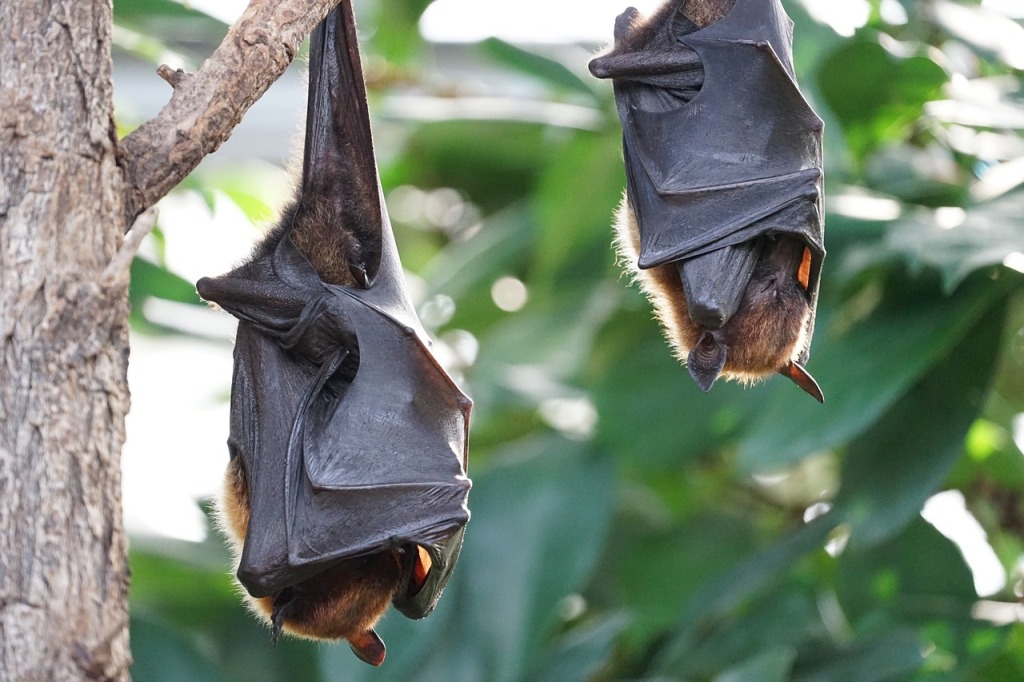Marking the end of Bat appreciation month and Halloween explore some of the BES journals articles all about our favourite flying mammal!
Bats are Important in many ways including as pollinators (Tremlett et al. 2020) , insect control, seed dispersal and can even act as indicators of habitat health.
Echolocation is a vital communication and navigation method and aid in locating prey (Lewanzik et al. 2019). Being able to track species via acoustic monitoring can be a useful tool for tracking biodiversity change, especially for bats as they are important indicator species of habitat quality and health.
Brinkløv and co-authors describe in their article, PAMGuard, as an effective open-source tool which can be automated to extract bat calls from passive acoustic recordings extraction. This allows researchers monitor bats from existing audio monitoring recording which can be used to help quantitative measures of animal distribution.
In their recently published article Werber and colleagues produced an algorithm to help classify 60,000 bat observations Being able to monitor these vocalisations can be instrumental in monitoring species especially important in understanding seasonal migrations patterns which is understudied.
In our changing world like many other species bats have had to adapt to increasing urbanization and growing industries.
Knowing how important acoustic cues are for communication and , Anthropogenic noise can have a dramatically impact on the ability of a bat to process signals as well as other sound cues from its environment. Hooker and colleagues demonstrated this affect in their recent article documenting the influence of festival music on bat activity
Light pollution has been increasing across the world and can have a big affect particularly on nocturnal species. In bats we’ve seen this influence their prey selection as demonstrated by Cravens et al. whos article suggested an increase species consuming moths in more lit areas. This highlighted the need for a greater mechanistic understanding of bat–light interactions to help predict which what species would be the most influenced by light pollution.


